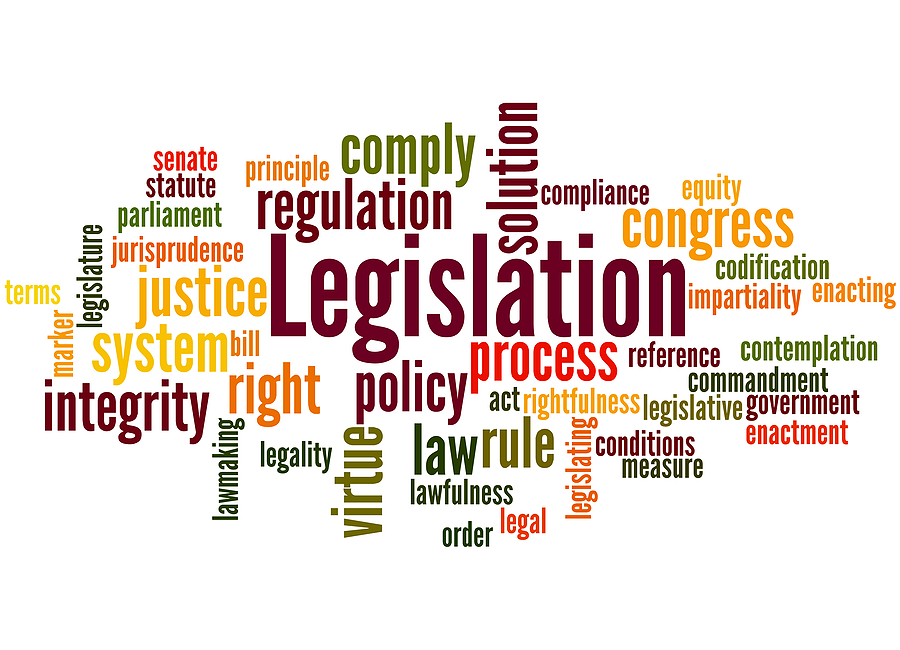Planning for Long Term Care with PTSD in Mind
Planning for Long Term Care with PTSD in Mind
Post-traumatic stress disorder, or PTSD, is a mental health condition that occurs in people who have experienced or witnessed a terrifying event.
It affects more than 8 million Americans, 18 years of age and older. While PTSD symptoms vary, the most common include fear, flashbacks, nightmares, severe anxiety, and uncontrollable thoughts about the event. With proper treatment, those with PTSD can improve their symptoms, learn skills to cope with their condition, eliminate flashbacks and nightmares, and restore their self-esteem.
Long-Term Care and PTSD
If your loved one has been diagnosed with PTSD, long-term care will likely be essential since most people who are living with trauma, addiction, and other mental health issues need time to heal. Unfortunately, healing from PTSD will not happen overnight, and treatment in a long-term care (LTC) setting is often necessary. Living in an LTC facility may give your loved one the opportunity to develop a strong relationship with the community, build new relationships, and enjoy the resources they need to sustain long-term recovery.
How to Plan for Long-Term Care
Since long-term care costs can add up quickly, it’s important to have a plan in place to help cover expenses. The earlier you design an LTC and stick to it, you’ll have more control and choice. Some options to consider in your plan include:
- Long-term care insurance – Typically, the best type of long-term care policy for those with PTSD is a traditional long-term care policy. Also called a long-term care partnership plan. When your loved one applies for one, they should be prepared to share when they were first diagnosed. As well as what prescriptions they’ve taken, and whether they’ve ever been hospitalized or visited the emergency room for PTSD.
- Home equity – If your loved one decides to move to a long-term care facility permanently, they might be able to sell their home. Then use the funds to cover the costs of the care. If a spouse or another family member remains in the home, a reverse mortgage might be an option. This strategy allows them to tap into home equity. The loan must be paid back if the owners move out, sell, or passes away.
- Medicaid – In the event, your loved one doesn’t have a lot of money saved or encounters a catastrophic expense that wipes out their savings, they may need to depend on Medicaid. Fortunately, there are a few ways to protect some assets for spouses if this situation does arise.
Consult your financial professional
A financial professional can help you plan for long-term care with PTSD in mind. Together we’ll help you review your financial situation and determine the ideal strategy for your unique goals. Contact us today to get started.
SWG2208431-0522a The sources used to prepare this material are believed to be true, accurate and reliable, but are not guaranteed. This information is provided as general information and is not intended to be specific financial or tax guidance. When you access a link you are leaving our website and assume total responsibility for your use of the website you are linking to. We make no representation as to the completeness or accuracy of information provided at this website. Nor is the company liable for any direct or indirect technical or system issues or any consequences arising out of your access to or your use of third-party technologies, websites, information and programs made available through this website.
In addition, The Legacy Source specializes in providing strategies and guidance for those who are seeking a better lifestyle in retirement. If you have retirement savings of five million dollars or $50,000, we can ensure it works as hard. As a result, we offer our experience and knowledge to help you design a custom strategy for financial independence. Contact us today to schedule an introductory meeting!






